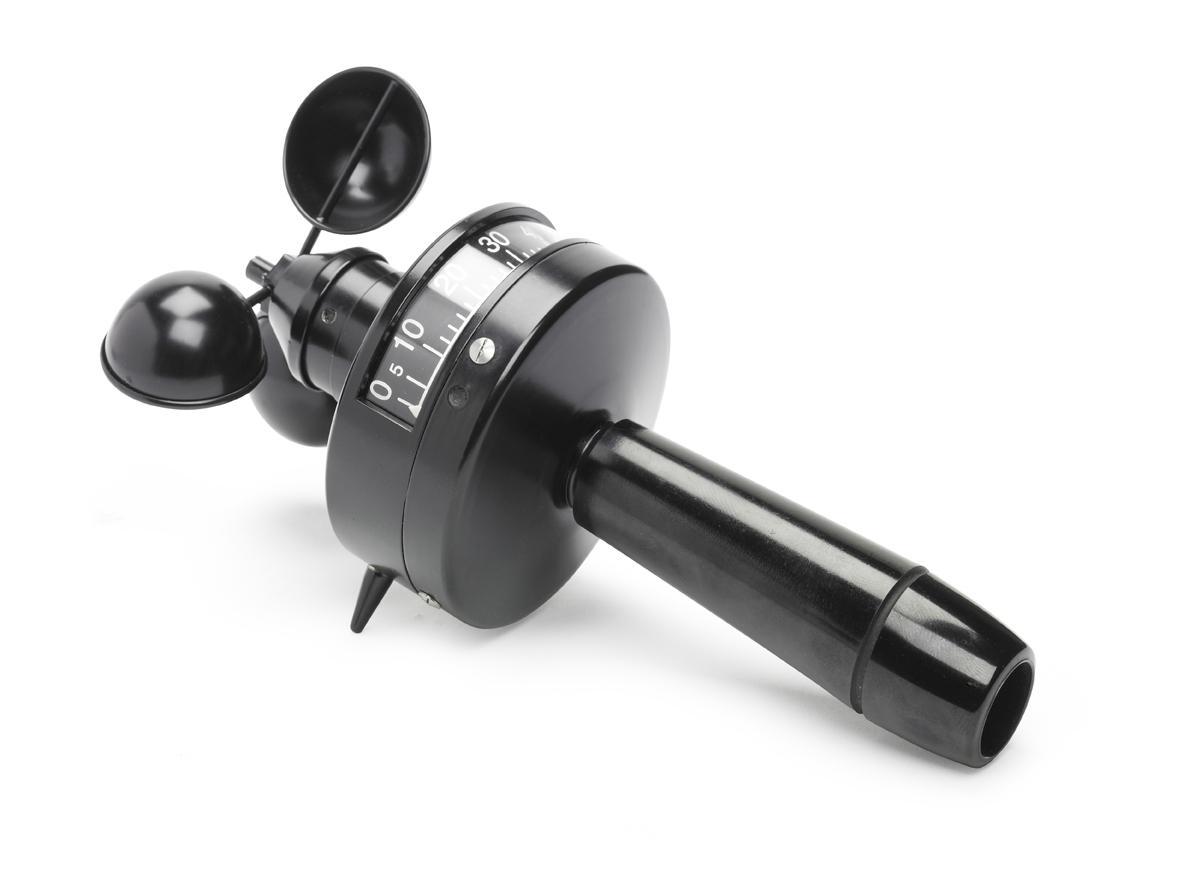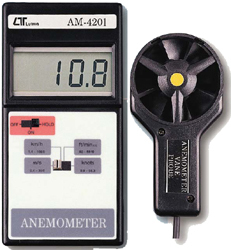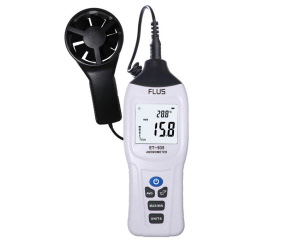

Installed wind power per country from 2006 to 2013. In light of these facts it seems reasonable to assume that the mentioned massive demand of anemometers from this sector will continue in the coming years, if not increase. In addition, new strong players in this industry like China, U.S.A., Brazil or India are now being very active, with large figures in terms of installed wind power and growing adoption rates (see Figure 1). Over recent decades the wind energy sector has been openly supported by governments (Germany, Denmark, Spain…), concerned about clean energies and reducing their fossil fuels dependence. Leaving aside the importance of having the most accurate instruments (as the wind power is proportional to the third power of the wind speed ), the wind energy sector is extremely concerned with two aspects that, despite technological advances such as LIDAR and SODAR, require the use of anemometers: wind energy production forecasting in the field, and wind turbine performance control.


Nevertheless, the wind energy industry can still be considered as the biggest consumer of anemometers worldwide. 3 cups of conical cross-section, 51 mm (2") dia.At present, the use of wind speed anemometers (cup, propeller or sonic anemometers) is very common, their applications having spread from sectors such as meteorology or wind energy to others where the effect of the wind should be taken into account (moving bridges in civil engineering, big cranes, etc.).Onto a 25 mm (1") diameter mast with 2 set screws Refer to individual calibration sheet for information on calibration uncertainty.Ĭontact NRG Sales for Ed. All NRG S1 anemometers are calibrated per IEC 6, Annex F.Įach anemometer individually calibrated at SOH WE, Williston, VT USA.Ĭalibration reports provided via electronic download.Įach anemometer individually calibrated at DWG, Varel, DE.Refer to individual calibration report for anemometer transfer function.Refer to R^2 value on individual calibration report. The NRG S1 Anemomer has also been tested extensively to confirm IEC and CE compliance, as well as IP55 ingress protection, the highest IP standard achievable for cup anemometers.Ġ.638 m/s to 75 m/s (1.427 mph to 167.8 mph)Īmplitude: Equal to supply voltage, max. NRG conducted lightning surge testing which showed that the S1 Anemometer’s resistance to damage from surges in electrical current is superior to the other tested class 1 anemometers commonly used in the wind energy industry. If you are interested in reviewing their technical note or performing your own analysis of the underlying field test data, please click on the following link:
#ANEMOMETER CALIBRATION VERIFICATION#
More than 60 NRG S1 Anemometers have been field-tested for over a year across a variety of real-world sites. DNV has performed independent verification of the S1 field test. View NRG S1 classification report for IEC 6 Edition 2.0 (SOH Wind Engineering LLC) Robustness View NRG S1 classification report for IEC 6 Edition 1.0 (SOH Wind Engineering LLC) The NRG S1 Anemometer is the only wind energy anemometer classified to both editions of the IEC 6 standard, enabling straightforward comparisons against both new and legacy anemometers. A proven bearing system and a rugged, metal body design ensure the sensor will operate reliably for many years, in a variety of environmental conditions. The NRG S1 Anemometer provides a unique balance of high accuracy and low cost, making it ideal for reducing measurement uncertainty in wind resource assessment campaigns as well as power performance tests.


 0 kommentar(er)
0 kommentar(er)
